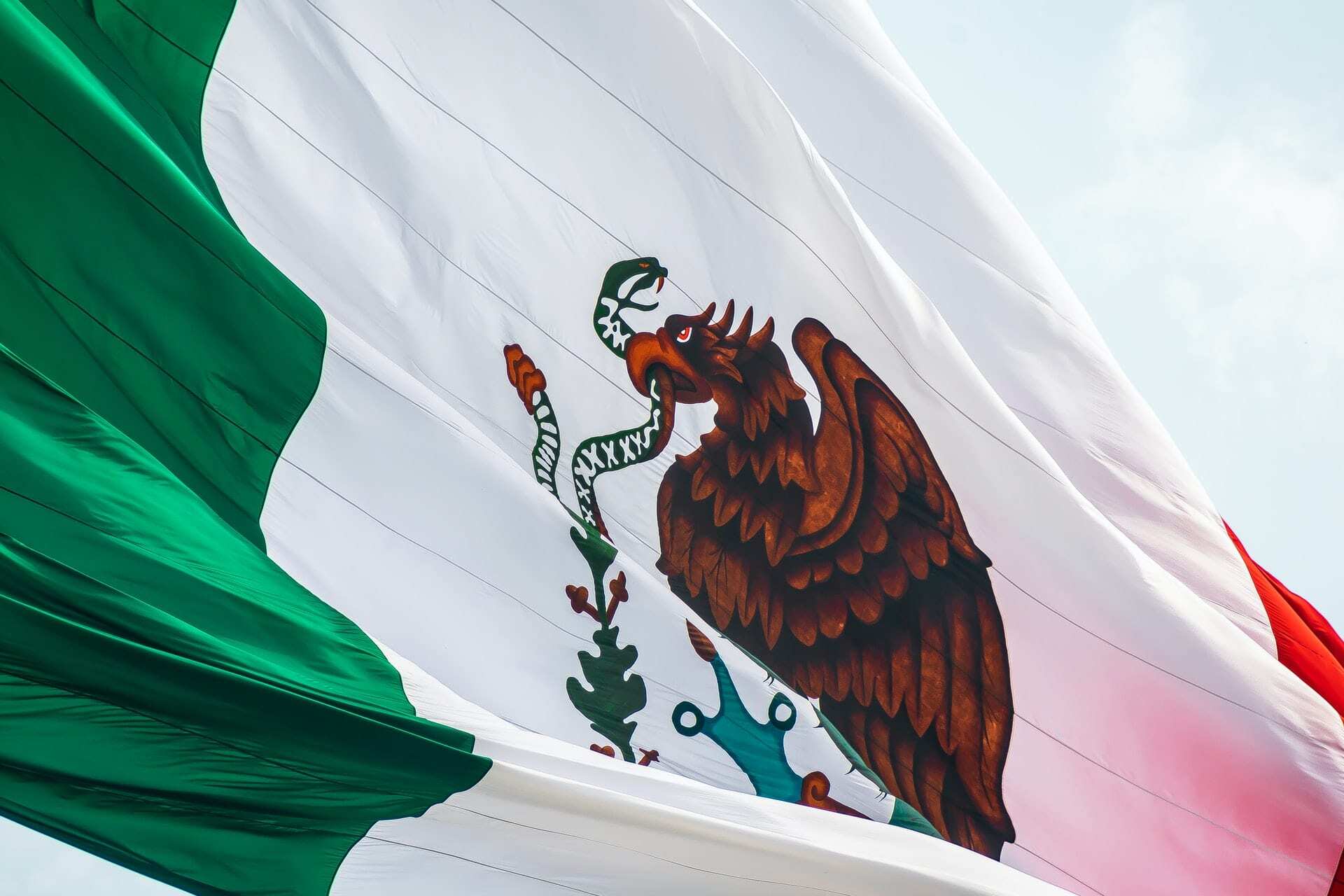Discovering and uncovering the secrets of your ancestral past is an exciting and introspective activity that has come to be increasingly popular in the Western world. As historians reveal more truths of the past, we become ever more curious about the roles our ancestors played, and what it means for us in the present day.
If you were to take a walk down the streets of 16th century Mexico City, still referred to by some as Tenochtitlan, you’d walk besides Spanish settlers, Indigenous locals, Africans both free and in shackles, Asians who had travelled with the Spanish from the East, enslaved Filipinos, and Jewish merchants. Any of these could have been your Mexican ancestors.

Who are the Mexican people?
Unlike some races and peoples from history and the present day, scientists say that there’s no such thing as a ‘genetically Mexican’ person, and this is because of what has transpired throughout history in this region. Language and cultural diversity throughout the Aztec and Maya periods (Mesoamerican era) was complemented by small isolated populations, all with different genetic roots and ways of life. Then, in the 1500s, the Spanish conquest of the Aztec empire would set Mexico on a completely different genetic trajectory.
One study from Oxford University found that the different pre-hispanic peoples of Mexico, such as the Seri and the Lacandon, are as distinct from one another as Europeans are from Chinese populations. Another study, this time from Stanford University, found that the indigenous genetic map of Mexico shows very little mixing between tribes, communities, and civilisations.
Mexico is connected to the USA in the North, where the states bordering Mexico are home to more Mexicans on the US side than on the Mexican side. This creates an interesting ancestral story that will affect future generations of DNA testing. To the south of Mexico, they are bordered by Guatemala and Belize, with the Pacific Ocean to the west, and the Gulf of Mexico and Cuba to the east.
Do you have Mesoamerican roots?
As mentioned before, the Spanish conquest of Mexico in the early 1500s completely changed the genetic makeup of the country over the next 500 years, creating many cultural and identity questions that some Mexicans, Hispanics, and Latinos continue to debate.
Before all of that took place, the original inhabitants of what we now call Mexico built a capital city called Tenochtitlan (now Mexico City) where they spoke a language called Nahuatl, which survives to this day with 1.7m speakers. These populations can be described as Mesoamerican (Middle American), and their roots can be found throughout Belize, Guatemala, El Salvador, Honduras, Nicaragua, and northern Costa Rica.
The most famous historical cultures of Mesoamerica are the Olmec, Maya, Zapotec, Teotihuacan, Mixtec, and Mexica. If you suspect that you have indigenous roots from Mexico, your ancestors may have belonged to one of these groups. A census in the last decade found that 25 million Mexicans described themselves as indigenous.
What more can I find out about my Mexican roots?
If you’re now based outside of Mexico and want to know the story of your recent family and why they came to leave, you will need to consider alternative forms of research, such as:
- Sifting through Census reports
- This aggregator of old Mexican documents
- Searching immigration databases
- The Digital Public Library of America
- Looking at old legal border crossing logs (1895 to 1964 can be found here)
Those who successfully left Mexico illegally often did so by not leaving a record or trace of their documents anywhere along the way, to avoid being caught. This can cause a bit of a roadblock for many researching their Mexican ancestry.
How to unlock the lost history revealed in modern DNA
This is where the Living DNA services and experts come in, providing a DNA and ancestry analysis that can reveal the forgotten journeys and migrations of your ancestors. Ancestry testing is an ongoing process and the data of each participant contributes to the overall results for everyone, meaning not only can you make discoveries but, by being tested, you could help someone else find out more about their Mexican (or other) lineage.
So, by analysing your genetic markers, what can we tell you?
Recent ancestry - Our report can reveal ancestry up to 500 years in the past
Sub-regional ancestry - Geographic indicators allow us to provide the most detailed sub-regional information in the testing marketplace
Extended ancestry - Ancient migrations can be plotted, showing the global journeys that your ancestors took 10,000 years ago
DNA matches - You might be surprised to find out that our service regularly connects people with relatives they didn’t know they had!
The good news is that there is heaps of information included in your report but the bad news, because we want to be completely transparent with you, is that we can’t tell you which grouping, band, tribe, or collective your ancestors belonged to, whether they were Olmec, Maya, Zapotec, Teotihuacan, Mixtec, or Mexica.
The good news for those with Mexican ancestry is that due to little intermixing pre-colonial times, it is very easy to plot your sub-regional ancestry information against a map of pre-hispanic civilisations in Mexico and make an educated guess as to which people you are likely descended from.
Finally, whilst we want to promote our tool as the best way of finding out about your ancestors, we believe it would be shortsighted for you to overlook many of the tools we described before, such as Censuses, document repositories, and border logs. There could be many stories hiding within those pages that help you tie together the information our analysis can provide.
